SOURCE: RAUNAK KUNDE / NEWS BEAT / IDRW.ORG


Rekise Marine Private Limited has secured a significant contract under the Indian Navy’s iDEX Aditi 1.0 Challenge to develop the Jalkapi Autonomous Underwater Vehicle (AUV). This advanced subsea platform is designed for extended underwater survey missions and can operate for up to 45 days without resupply.
The Jalkapi, with its impressive dimensions of approximately 10 meters in length and 2 meters in diameter, is equipped with a robust suite of sensors including EO/IR cameras, multi-beam echo sounders, and sonar systems. The AUV will also incorporate advanced navigation and obstacle avoidance systems to ensure safe and efficient operations.
Continue readingSOURCE: RAUNAK KUNDE / NEWS BEAT / IDRW.ORG


Noida-based Raphe mPhibr Pvt. Ltd has emerged victorious in the Indian Navy’s iDEX Aditi 1.0 Challenge. The company has been tasked with developing an indigenous high supersonic to hypersonic propulsion system for fixed-wing flying objects such as missiles and aircraft.
This significant win underscores Raphe mPhibr’s expertise in propulsion technology and its potential to contribute significantly to India’s defence capabilities. Developing such a propulsion system is a crucial step towards achieving self-reliance in advanced aerospace technologies.
Continue readingSOURCE: RAUNAK KUNDE / NEWS BEAT / IDRW.ORG


In a significant boost to India’s defence manufacturing capabilities, Russia is set to supply essential metallurgical inputs for the overhaul of the Sukhoi-30MKI fighter jet fleet.
State-owned Hindustan Aeronautics Limited (HAL) will undertake the overhaul process at its facility in Koraput, Odisha. The supply of raw materials and processed components, including superalloys, is crucial for the maintenance and upgradation of these aircraft.
Continue readingSOURCE: IDRW.ORG TEAM


William L. Blair, Vice President & Chief Executive of Lockheed Martin India, recently highlighted a significant advantage that the F-21 fighter jet could offer to the Indian Air Force (IAF) as part of the Multi-Role Fighter Aircraft (MRFA) tender. The F-21, Lockheed Martin’s advanced version of the F-16V, is powered by the General Electric F110-GE-129 afterburning turbofan engine. This engine, Blair noted, could provide an added edge due to the IAF’s existing familiarity with General Electric’s engines, specifically the F404 and F414 engines that power India’s Tejas Mk1A and MkII fighter jets.
Although the F110-GE-129 engine is not directly based on the F404 and F414 engines, Blair emphasized that the growing General Electric (GE) supply chain in India, which is being developed to maintain and support the F404 and F414 engines, will play a crucial role. This supply chain infrastructure will enable India to manage and maintain the F110-GE-129 engines more effectively within the country, reducing reliance on external support and enhancing operational efficiency.
Continue readingSOURCE: IDRW.ORG


Velmenni, a frontrunner in Li-Fi (Light Fidelity) technology, has secured a substantial grant from the Ministry of Defence (MoD) under the iDEX initiative. This funding marks a significant step towards revolutionizing secure wireless communication for the Indian Navy, particularly in addressing the unique challenges faced in modern warfare.
The iDEX program serves as a launchpad for innovation within India’s defense sector. By fostering the integration of cutting-edge technologies like Velmenni’s Li-Fi, this initiative aligns perfectly with national ambitions like Make in India, Startup India, and the Atal Innovation Mission (AIM).
Continue readingSOURCE: RAUNAK KUNDE / NEWS BEAT / IDRW.ORG
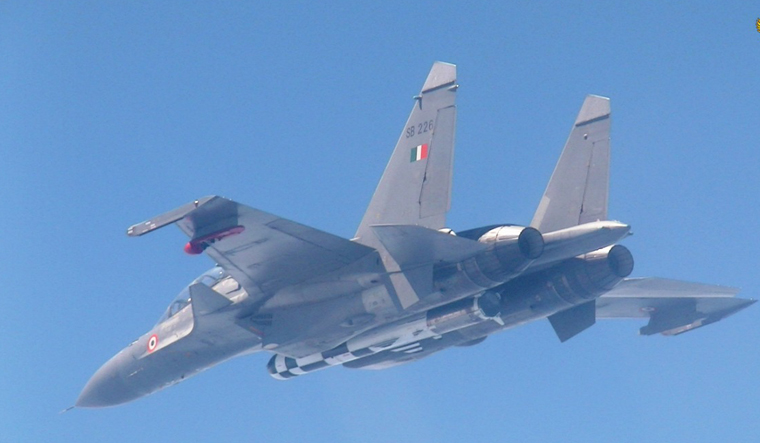

The Royal Malaysian Air Force (RMAF) has expressed keen interest in acquiring India’s BrahMos Air Launched Cruise Missile (ALCM) to bolster its Sukhoi-30MKM fighter fleet. The Mach 3 capable missile, with a range of 290 kilometers, will come as a significant upgrade for the RMAF’s Naval strike capabilities.
However, integrating the BrahMos ALCM into the Su-30MKM platform is not a straightforward process. The Indian Air Force (IAF)’s Su-30MKI had to undertake a complex structural hardening process for its aircraft before carrying the 2.5-ton missile. This involved extensive modifications to the aircraft’s airframe to withstand the immense launch forces.
Continue readingSOURCE: RAUNAK KUNDE / NEWS BEAT / IDRW.ORG


India’s Light Combat Aircraft (LCA) Tejas Mk1A program faces setbacks due to supply chain constraints impacting GE Aerospace’s production of the F404 engines. While GE aims to resume deliveries of the first batch of engines next month, achieving the annual production rate of 16 engines, as per the agreement with Hindustan Aeronautics Limited (HAL), is expected to take significantly longer.
Industry sources close to idrw.org report that GE Aerospace might require an entire year to reach the contracted production rate. The company acknowledges the challenges and anticipates improvement by mid-2025, but a full capacity of 90% is not expected until the end of 2025, with normal operations resuming only in 2026.
Continue readingSOURCE: RAUNAK KUNDE / NEWS BEAT / IDRW.ORG


The Indian Air Force (IAF) is set to breathe new life into its fleet of Mi-26 heavy-lift helicopters after years of grounding. The once-mighty workhorses, essential for airlifting troops and equipment, are undergoing a comprehensive overhaul at the No. 3 Base Repair Depot (BRD) in Chandigarh, with crucial assistance from Russian engineers.
Earlier, these behemoths were to be sent to Russia for maintenance, a process marred by delays that led to their technical life expiring. To address this, the IAF opted for a domestic overhaul, leveraging the expertise of Russian Original Equipment Manufacturer (OEM) engineers on Indian soil. A meticulous process of dismantling, inspection, and replacement of worn-out components is underway, aiming to extend the helicopters’ operational life by another decade.
SOURCE: IDRW.ORG TEAM

In a significant development, Defence Minister Rajnath Singh is scheduled to visit Washington later this month, where he is expected to address the critical issue of delays in the supply of GE-F404 turbofan engines to Hindustan Aeronautics Limited (HAL) by the American firm General Electric (GE). This delay has become a primary factor impacting the delivery timeline of 83 Tejas Mark-1A fighter jets to the Indian Air Force (IAF), a deal valued at ?46,898 crore that was finalized in February 2021.
The GE-F404 engine is the heart of the Tejas Mk1A, India’s indigenous light combat aircraft (LCA). Under the agreement, the IAF is to receive 83 upgraded Tejas Mark-1A jets from HAL, with deliveries originally expected to commence in 2023. However, the delay in engine supply from GE has posed a significant hurdle in meeting the delivery schedule.
Continue readingSOURCE: IDRW.ORG TEAM
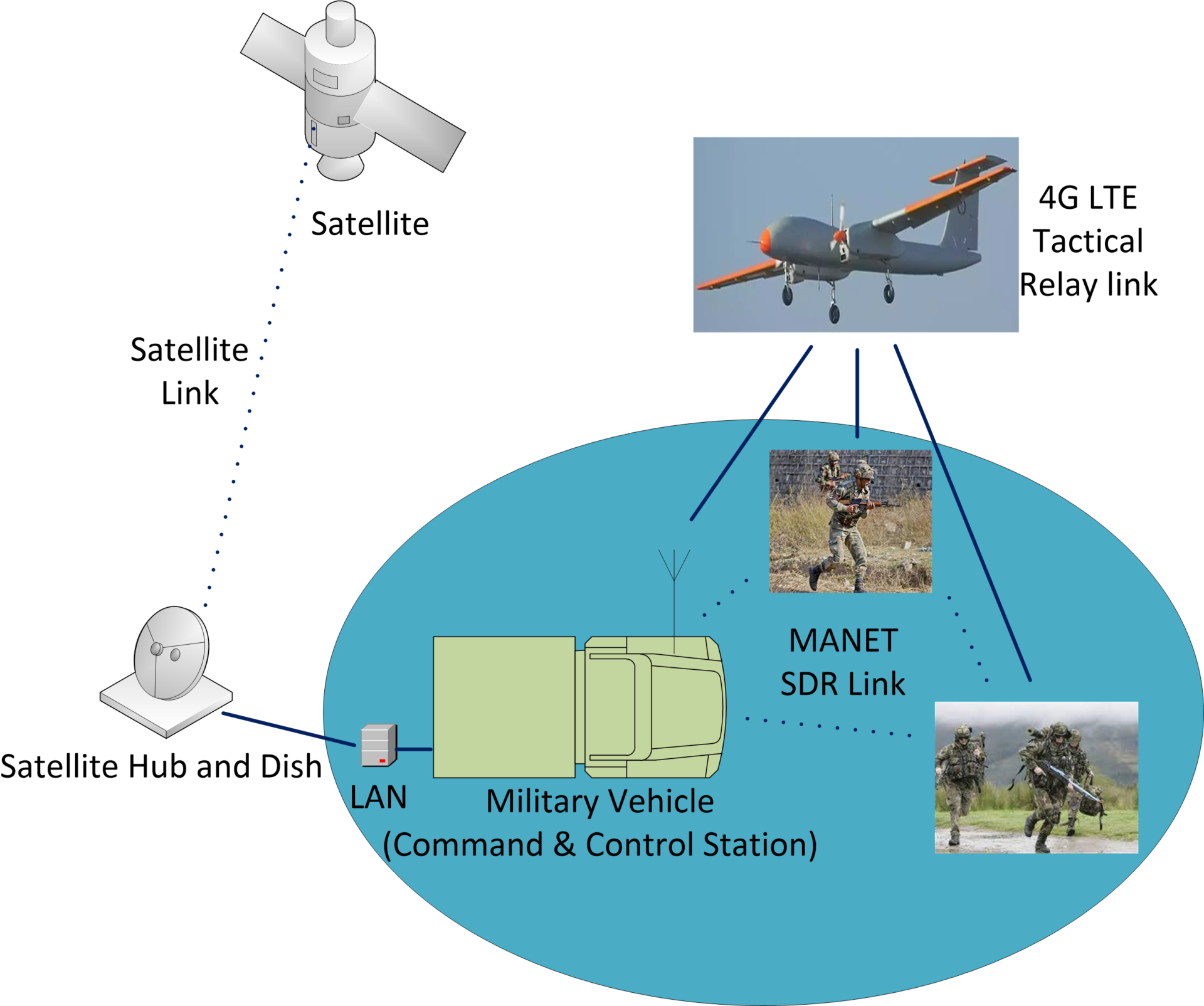

Lekha Wireless has made significant strides in the field of wireless communication by successfully demonstrating the capabilities of its Software Defined Radio (SDR) with advanced Low Probability of Intercept (LPI) radios to the Indian Army.
The company’s technology, which boasts below noise floor communication and an impressive frequency hopping rate of over 5000 hops per second, has garnered significant praise from the Army’s elite technical officers. The demonstrated features, including secure voice communication in LPI/LPD mode and applications like situational awareness and messaging, have left a lasting impression.
Continue readingSOURCE: RAUNAK KUNDE / NEWS BEAT / IDRW.ORG
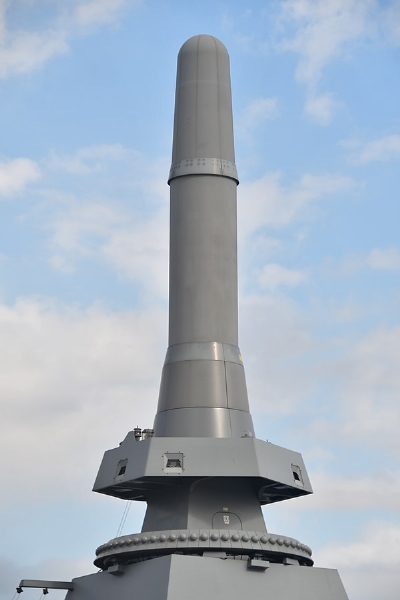

In a significant boost to India’s maritime capabilities, Japan is set to supply advanced naval ship antennas to its Quad ally. Developed by NEC and other Japanese companies, the NORA-50 antennas are renowned for their ability to rapidly detect missiles and drones, a critical capability in modern naval warfare.
These cutting-edge antennas, currently deployed on Japan’s most advanced escort ships, offer a unique combination of functionalities. Integrated into a single, horn-shaped structure, they house multiple antennas for tactical data link, TACAN, and communication purposes. This design significantly reduces the radar cross-section (RCS), making the equipped vessel harder to detect by enemy radar systems.
Continue readingSOURCE: RAUNAK KUNDE / NEWS BEAT / IDRW.ORG
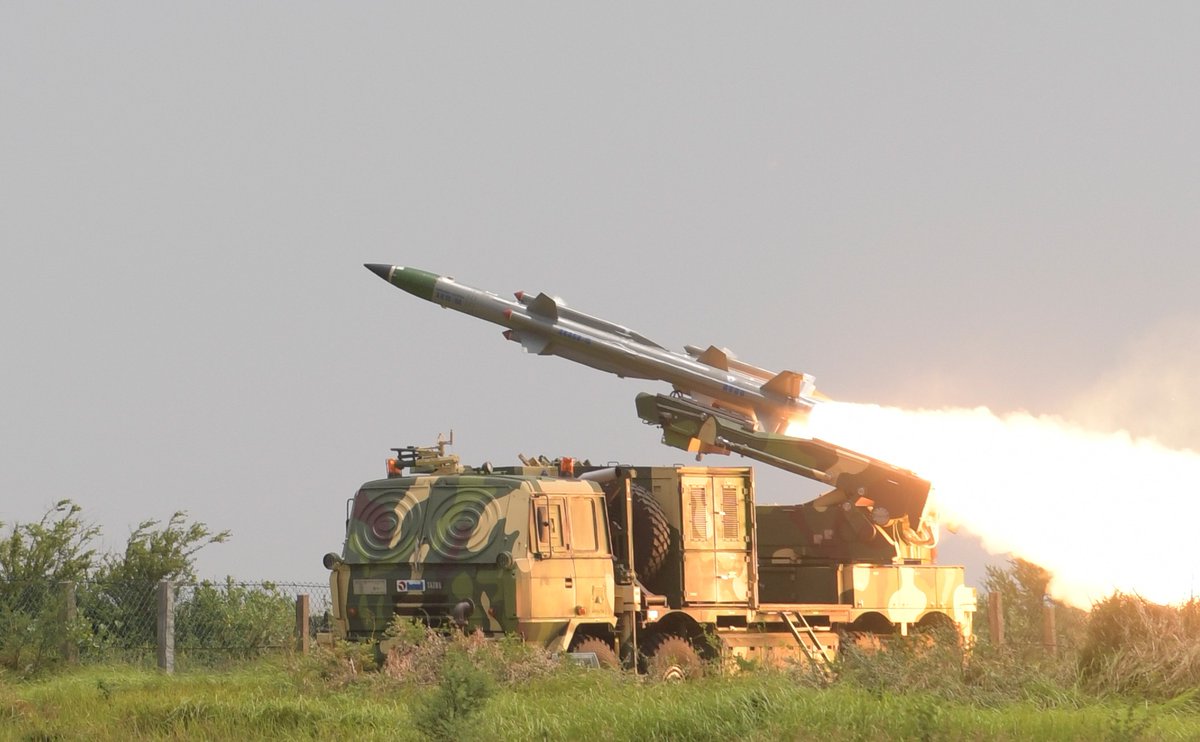

Prime Minister Narendra Modi and his Vietnamese counterpart Pham Minh Chinh have reaffirmed their commitment to strengthening the India-Vietnam Comprehensive Strategic Partnership, recognizing the growing importance of closer cooperation in the current geopolitical landscape. During their meeting, the two leaders identified numerous areas for enhanced collaboration, with a particular focus on defence and security.
A key highlight of the discussions was India’s proposal to offer Vietnam the technology transfer for the production of the Akash 1S air defence system. This advanced weapon system, already in service with the Indian Army and Air Force, has proven its effectiveness in multiple operational scenarios. By offering technology transfer (ToT), India aims to bolster Vietnam’s defence capabilities and deepen bilateral defence cooperation.
Continue readingSOURCE: RAUNAK KUNDE / NEWS BEAT / IDRW.ORG
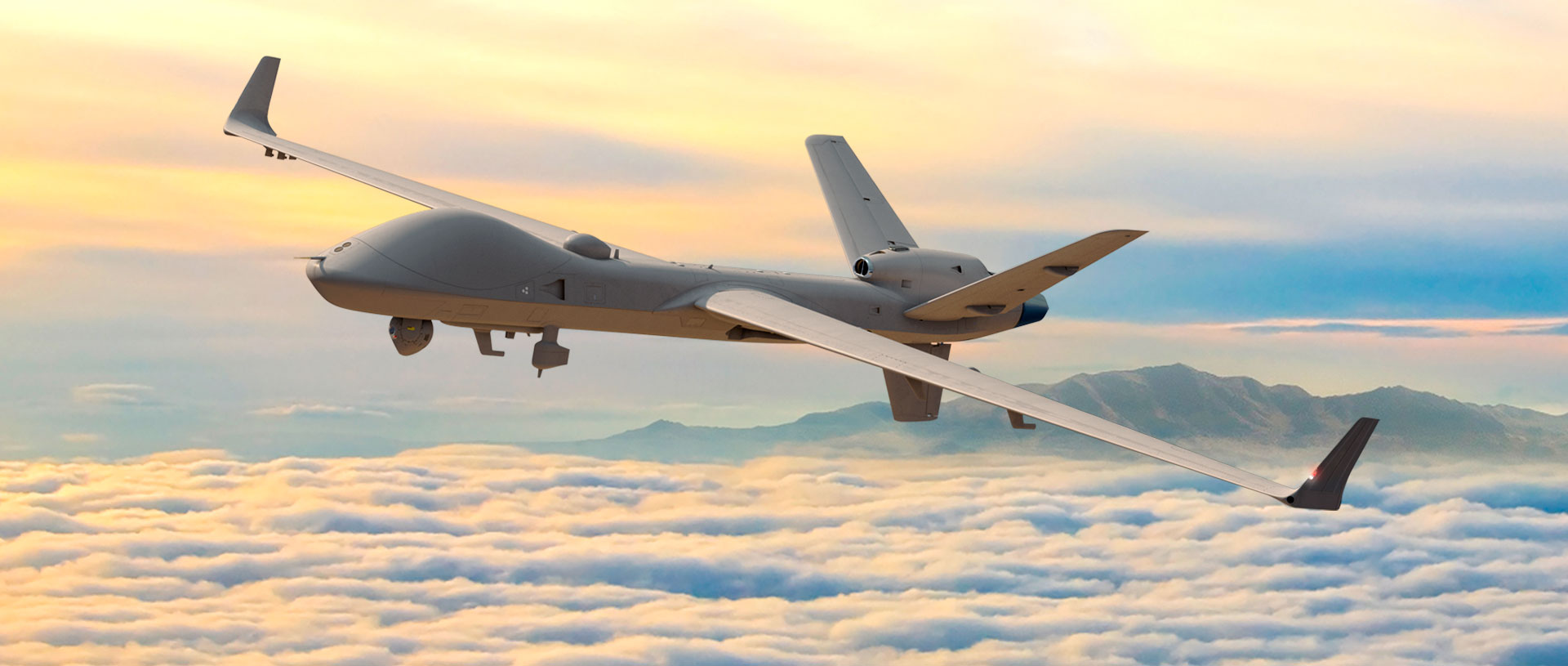

In a significant development, General Atomics has agreed to increase the Indian content in its MQ-9B HALE UAVs from the initial 7-8% to a substantial 16-20%. This decision comes after the Indian Ministry of Defence expressed dissatisfaction with the earlier level of indigenous content.
India is in the process of acquiring 31 MQ-9B UAVs for its tri-services, a deal valued at over $3 billion. The increased focus on indigenous content is in line with the government’s ‘Make in India’ initiative, aimed at boosting domestic manufacturing and reducing reliance on imports.
Continue readingSOURCE: IDRW.ORG TEAM


India’s pursuit of a 6th generation jet engine for its Advanced Medium Combat Aircraft (AMCA) program is taking an interesting turn. While initial plans involved a collaborative effort with a foreign partner, with significant contributions from the Gas Turbine Research Establishment (GTRE), a new approach is emerging.
GTREs, the parent organization of DRDO, is now prioritizing the development of a “future-proof” engine concept. This engine is envisioned to not only power the AMCA but also be adaptable for future Indian aircraft platforms. This shift in strategy necessitates a greater focus on advanced afterburner technologies, an area where GTRE’s expertise is still under development.
Continue readingSOURCE: IDRW.ORG TEAM


In a groundbreaking achievement for India’s space sector, Hyderabad-based startup TakeMe2Space has successfully assembled the first module of its MOI-TD (Micro Orbital Infrastructure – Technology Demonstration) satellite. This innovative project aims to create the world’s first satellite lab in space, opening up exciting possibilities for research and experimentation.
The MOI-TD is a significant milestone in space exploration, offering a platform for both professional researchers and young students to conduct experiments in the unique microgravity environment of space. Notably, engineers from a Malaysian university and a group of class 9-10 students from an Indian school have already secured their spots as the first customers to utilize this revolutionary facility.
Continue reading